I remember launch fever. I shot the first three launches and landings of the space shuttle program, known officially as STS-1, 2, 3. The mood at JSC and KSC was electric. America was going back to space, in a big way. I speculate it is the same now, as Artemis and SLS is prepped, nearly ready to scream space-ward.
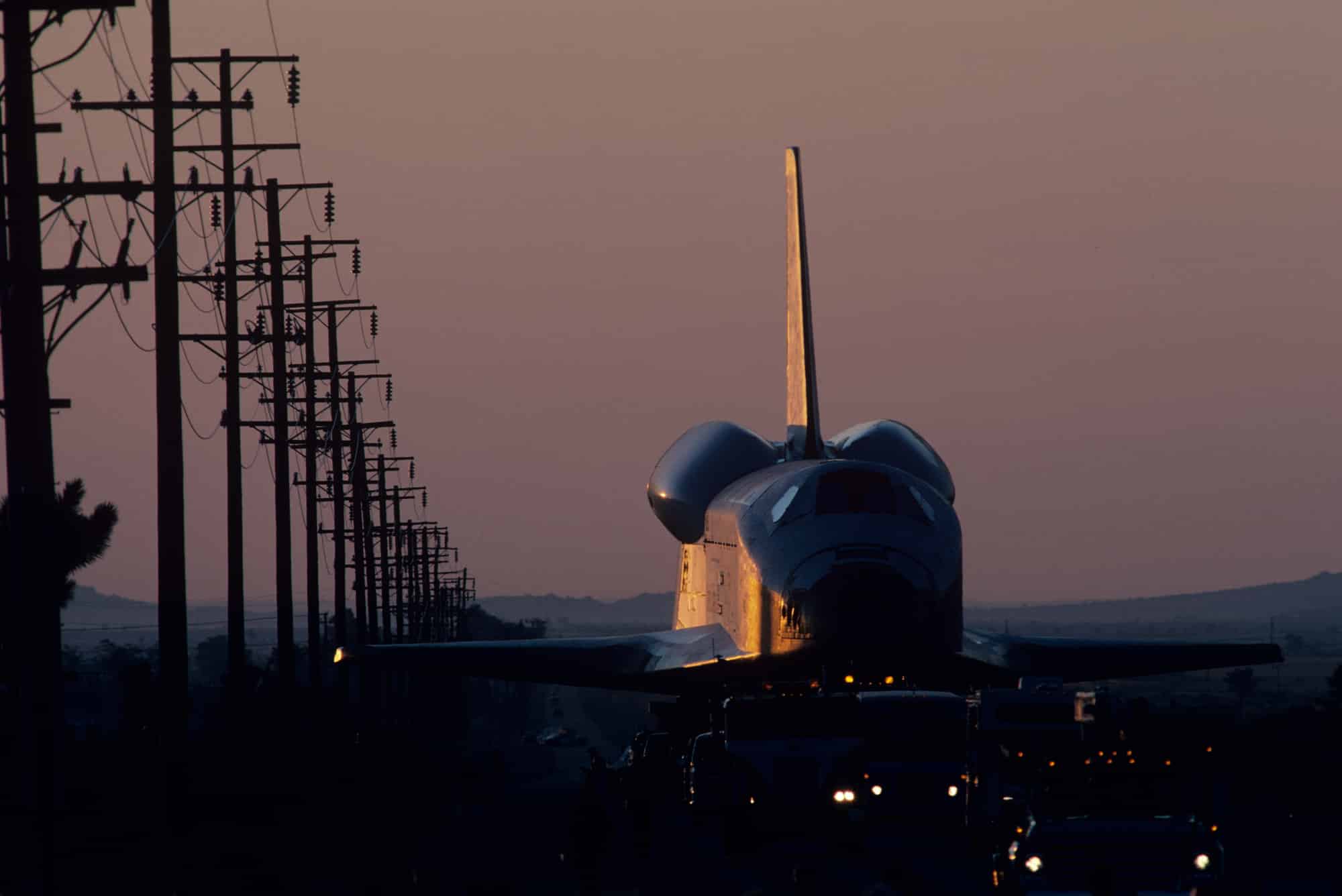
Launches are tricky to shoot. Less so now, I suspect, given the miracle of digital. Though, even now, the issue must largely remain the timely triggering of remote cameras, placed in the field prior to launch. These cameras had to be triggered by the rocket and fire on their own. We would be miles away at launch, shooting manned positions with super long glass, battling the heat waves of Florida. Our options to trigger remotes were line of sight triggering (the camera trips when a sensor detects the blast of the rocket), or sound triggers, sensitive to the rumble of the launch. However, with sound, woe to the camera person if a seagull screamed by their camera prior to liftoff!
To prevent such premature triggering, we would establish timing mechanisms, allowing all the circuitry of the camera rigs to “get hot” just a couple minutes before launch. Working as a team with fellow shooter Hank Morgan, on assignment for Discover Magazine, we ultimately settled on good old US Army Corps of Engineers geophones. Plug them into the mud of the salt water estuaries surrounding the launch pad, wired to a timer, then wired direct to your cameras, they could easily pick up the seismic rumble of the rocket and start those babies clicking.
(A lot of luck was involved, as well, if you were to get a successful launch photo. Timing was everything for your remote cameras. One must remember they only had 36 exposures.)
The shuttle, piggybacked onto boosters it needed to achieve orbit, seems almost quaint now, comparing it to the massively sleek Artemus rocket, the most powerful NASA has ever built.
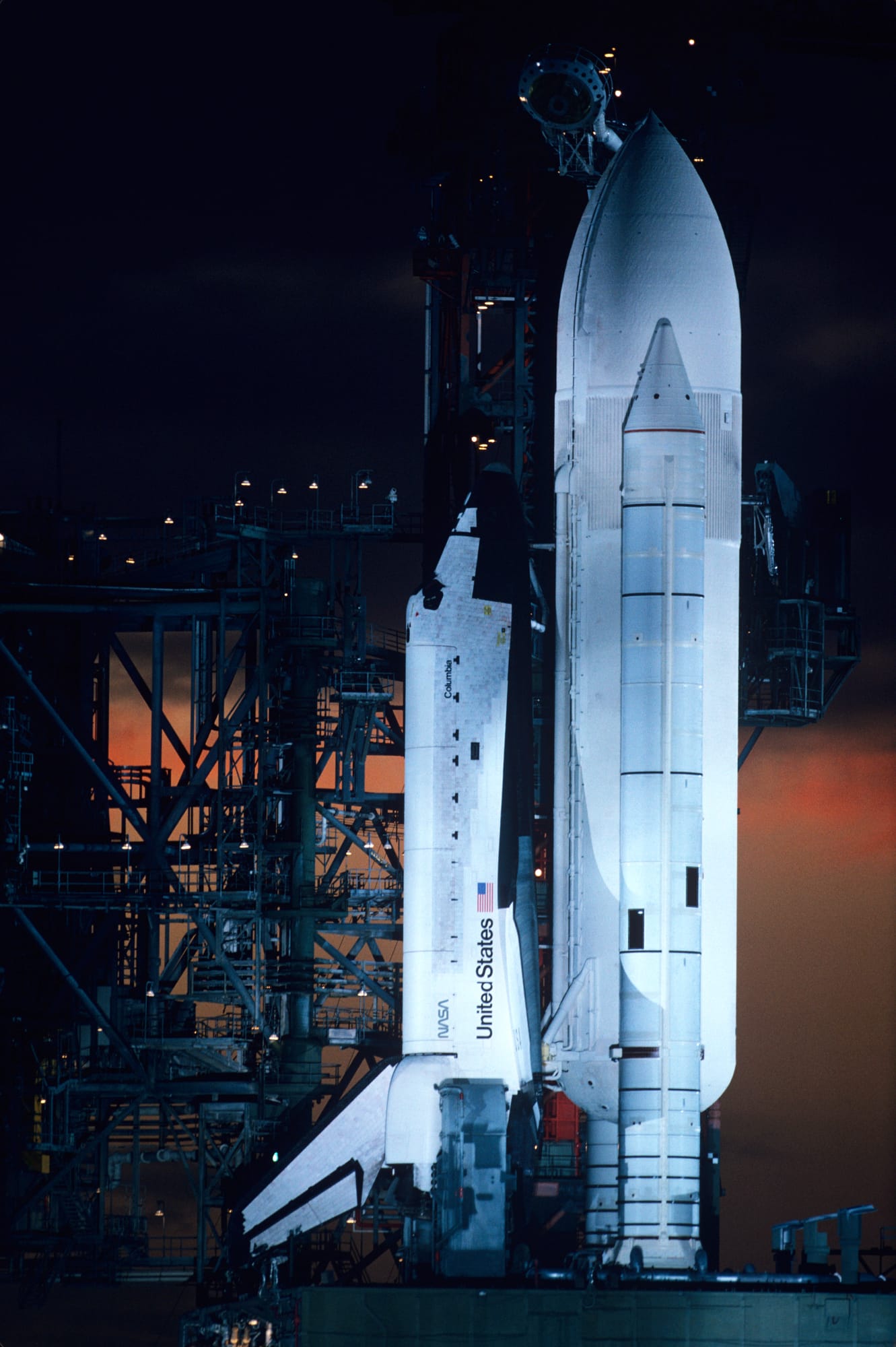
Moving the shuttle out in California was a seat of the pants operation. They would actually have to tow it through the streets of the small towns neighboring Edwards AFB.
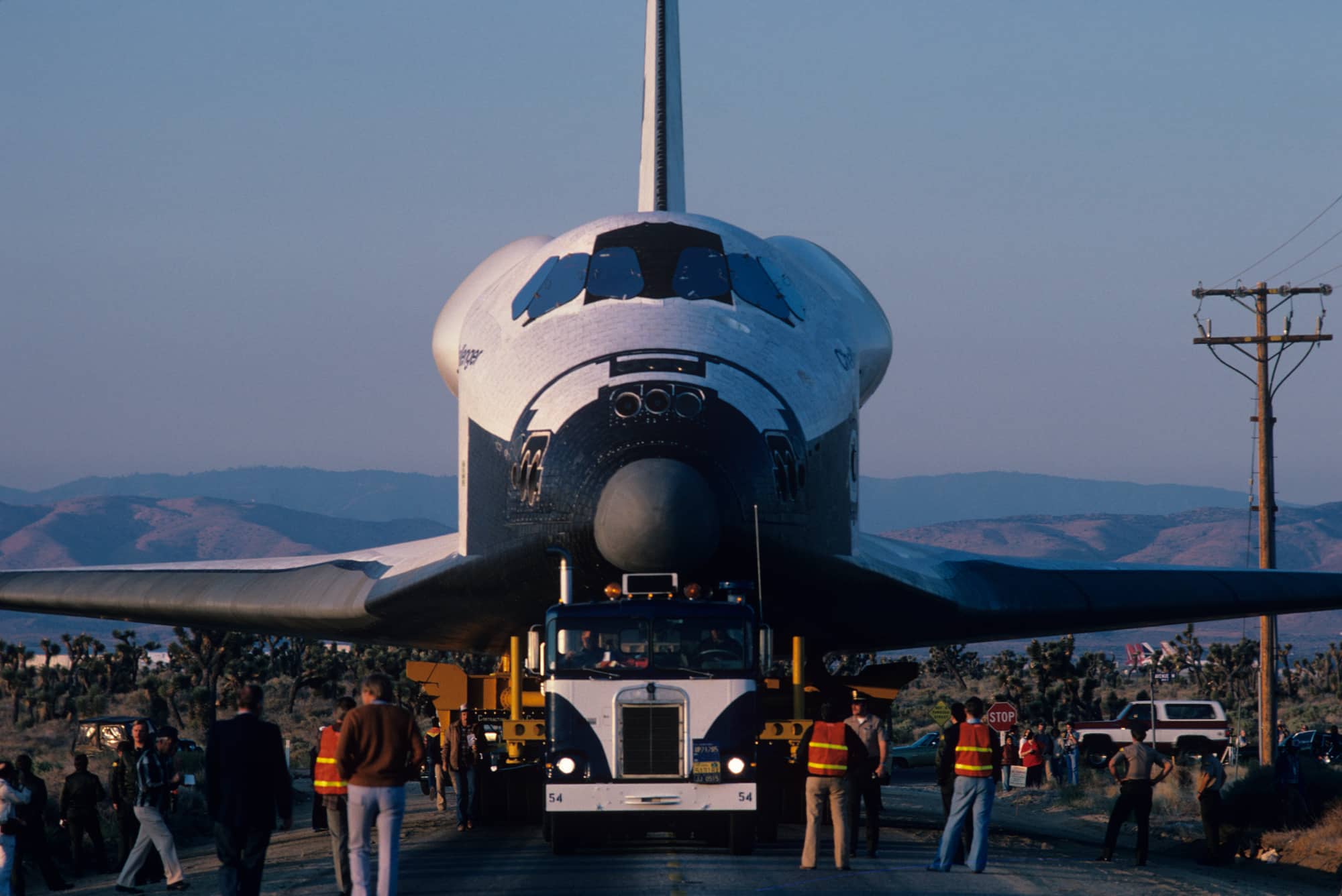
Much later, I was privileged to photograph John Glenn’s return to space for National Geographic. What an incredibly decent, adventurous human the Senator was! Informal to a fault, easygoing and approachable. Easygoing enough to eat donuts in his space suit, along with fellow space traveler Chiaki Mukai.

Or trigger a camera for me that I mounted in a T-38. I just told him, “Senator, just look at the sun and hit this button.” We shared a credit in National Geographic together.
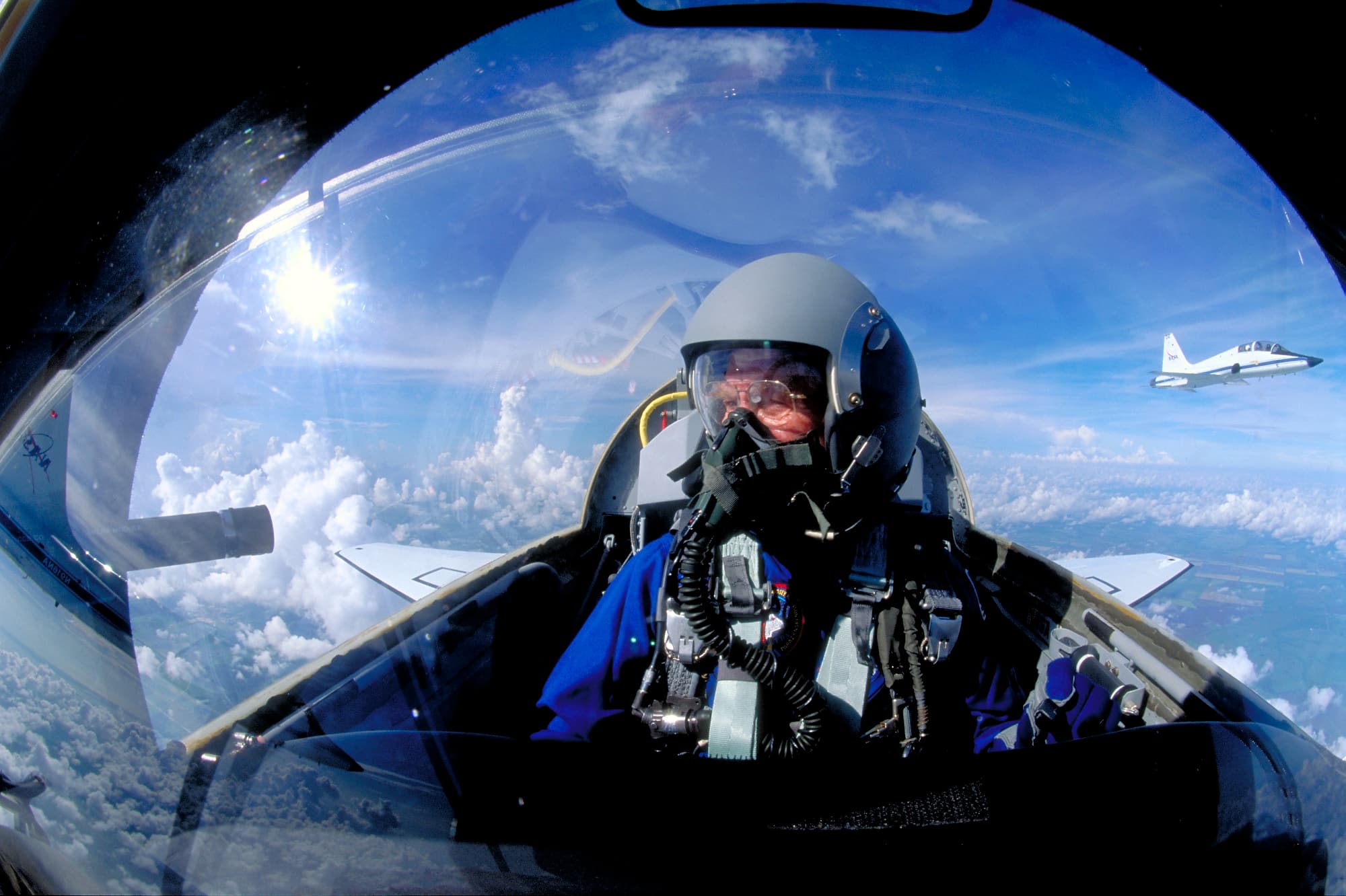
Or wily enough to divert then President Clinton from his established itinerary, having secretly baked him some space food in the microwave of the shuttle simulator.
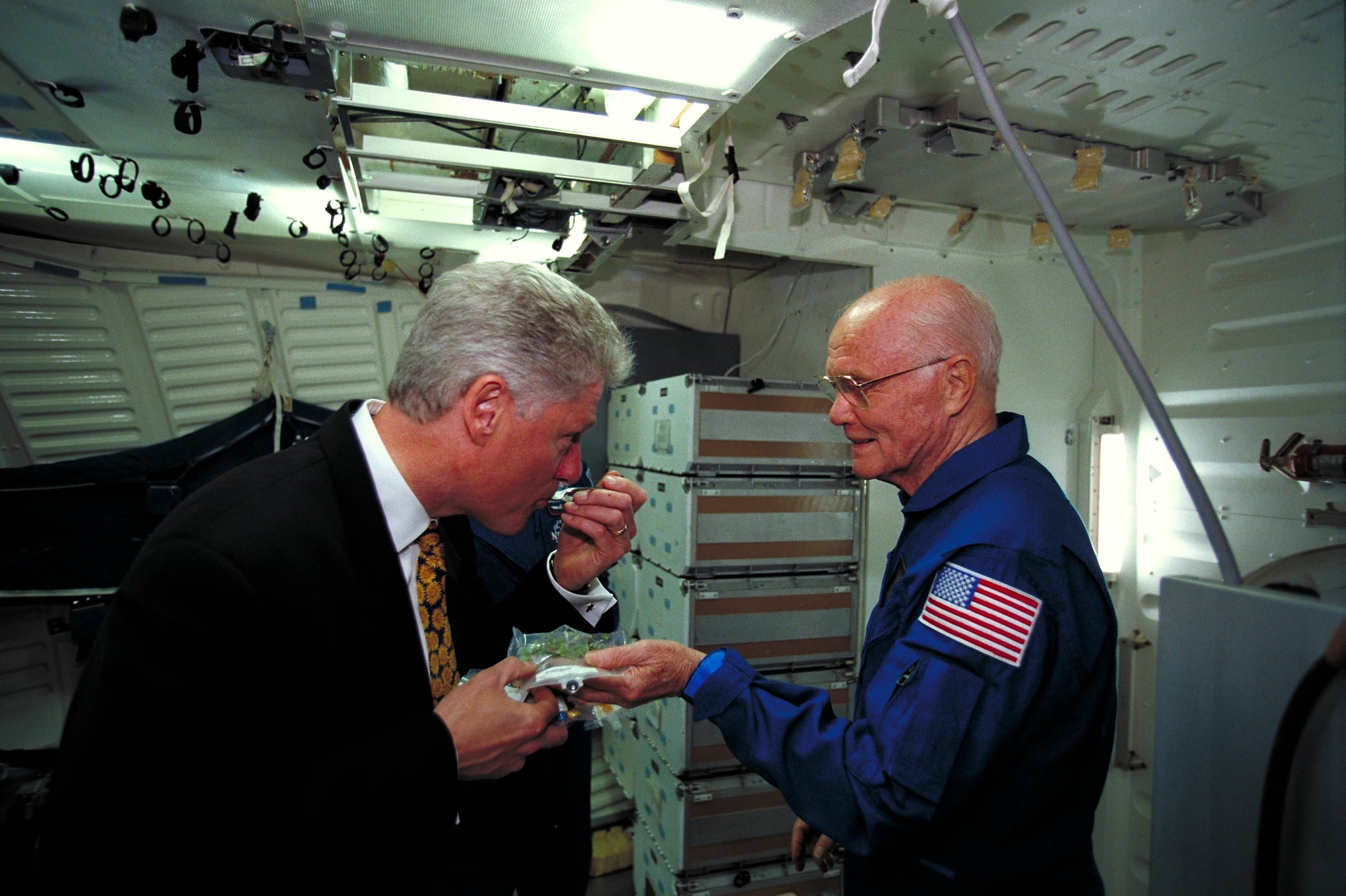
Then there was the amazing (at the time) construction of the shuttle. Covered in tiles made of silica fibers, which would disperse heat so efficiently you could pick one up, glowing hot, with your bare hands.
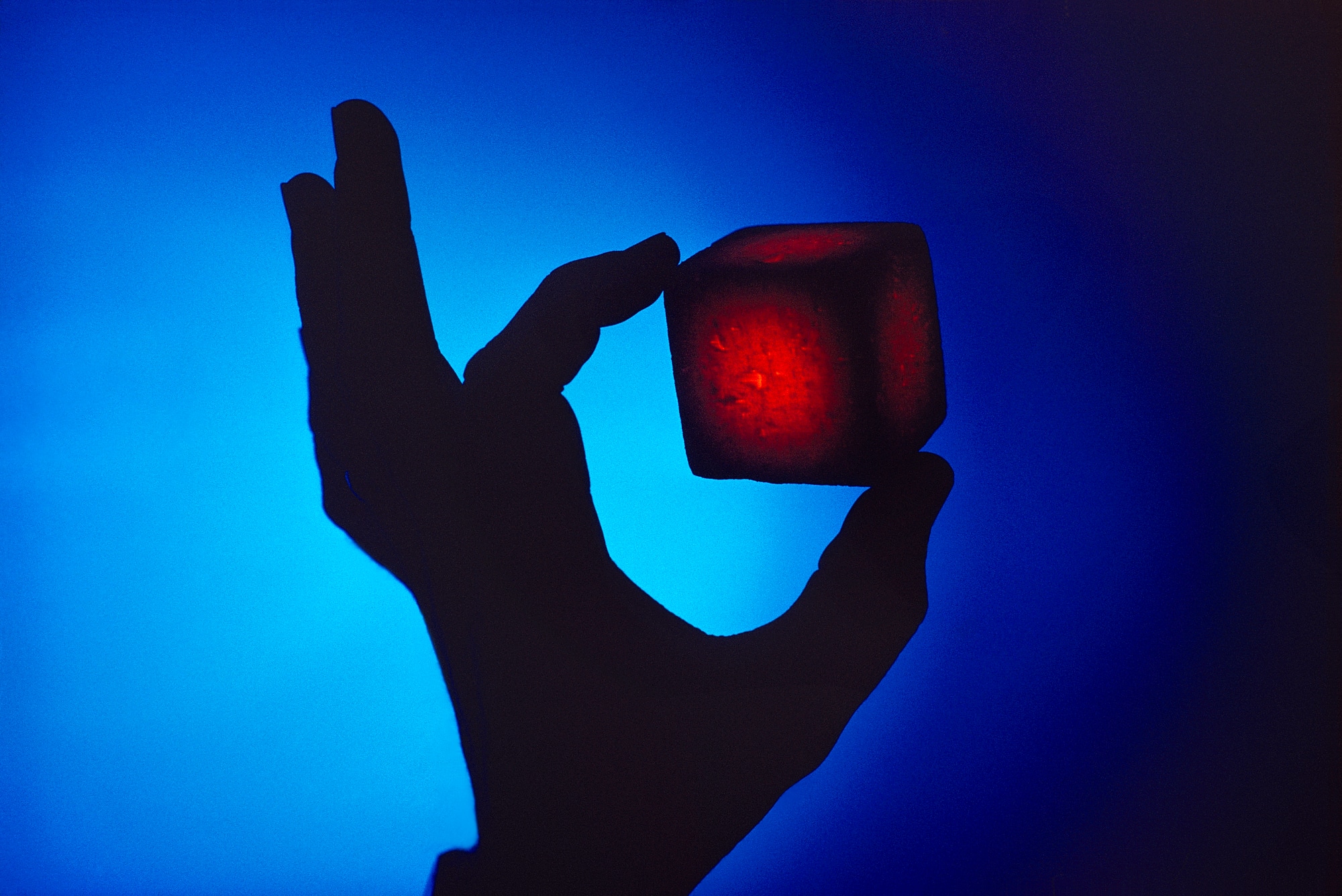
We’re heading back to the moon. Liftoff!!!
More tk….
The post NASA Goes Back to Space! appeared first on Joe McNally Photography.






